Economic Portraits of Unlikely Entrepreneurs
LOCATION: HULL
We invited a poet (Brian Connel), a puppeteer (Liz Dorton), a textile artist (Ella Dorton), an environmental artist (Michele Davy), an architect (Caroline Gore-Booth), visual artist (Oriol Garriga) and three community artists (Paula Chearman, Anna Coromina and Aviv Kruglanski) to meet five ‘unlikely entrepreneurs’, people who are creating different kinds of organizations, different economies, from scratch.
We met Ike from Frith Farm, an artist called Daniel Arce, Rachel from The Druid’s Kitchen and Mindcraft, a community group called Orts, Holly and Fynn from Life and Loom and Eddy from the Boulevard Village Hall.
During these meetings we talked, we asked a lot of questions, we heard stories, we sketched, took notes, took pictures, filmed.
Our idea was to create a series of portraits, economic portraits of unlikely entrepreneurs. But our purpose was not strictly artistic.
We wanted these portraits to be useful. We wanted them to portray the projects we got to know from an unusual perspective, or better said, from unusual perspectives.
Ultimately, we wanted them to open up pathways to other economies, other forms of organizing, like building blocks of other worlds.
We imagined these portraits as alternatives to business plans, arts-based alternatives.
We wanted our work to contribute to the work of these unlikely entrepreneurs, help them see what they do through different eyes, maybe helping them through some difficulty or some blind spot they have, or just reiterating, in some useful way, something they already know but need constant reminding of.
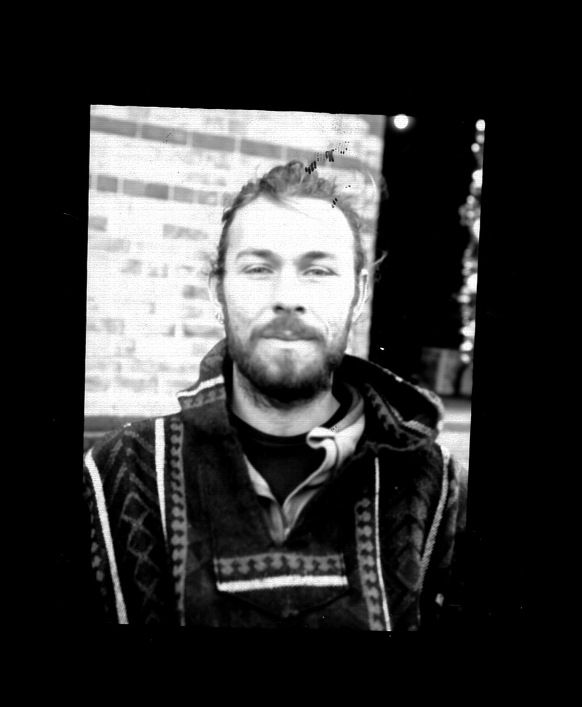
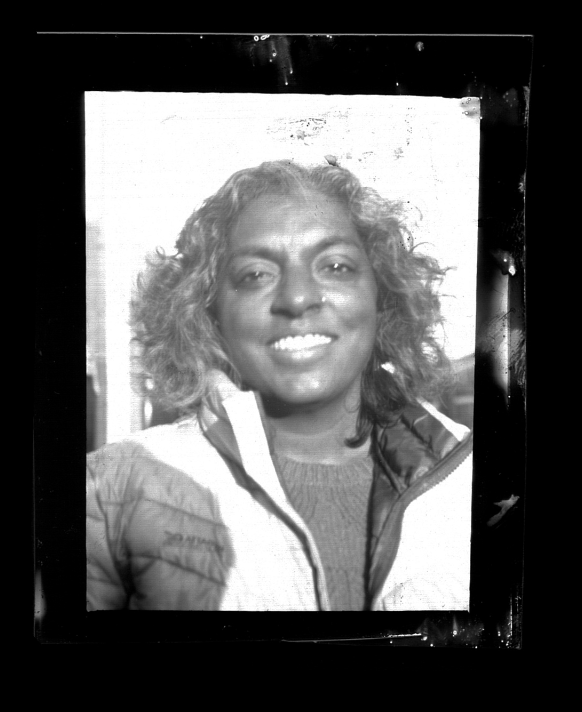
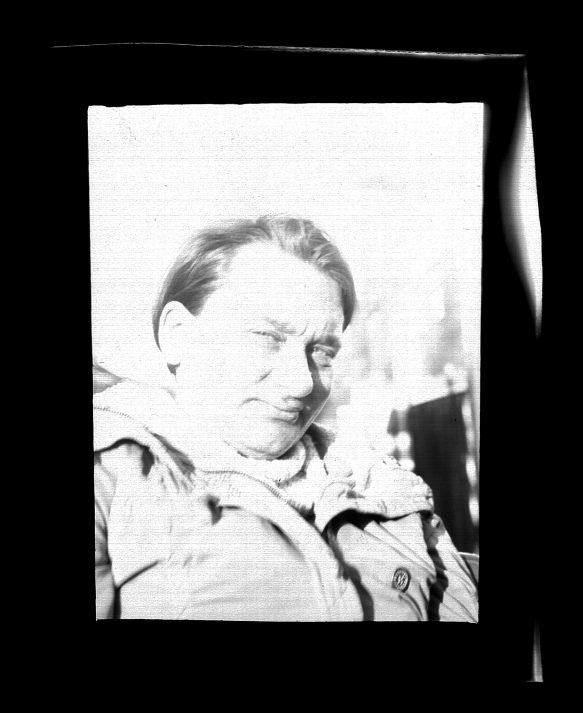
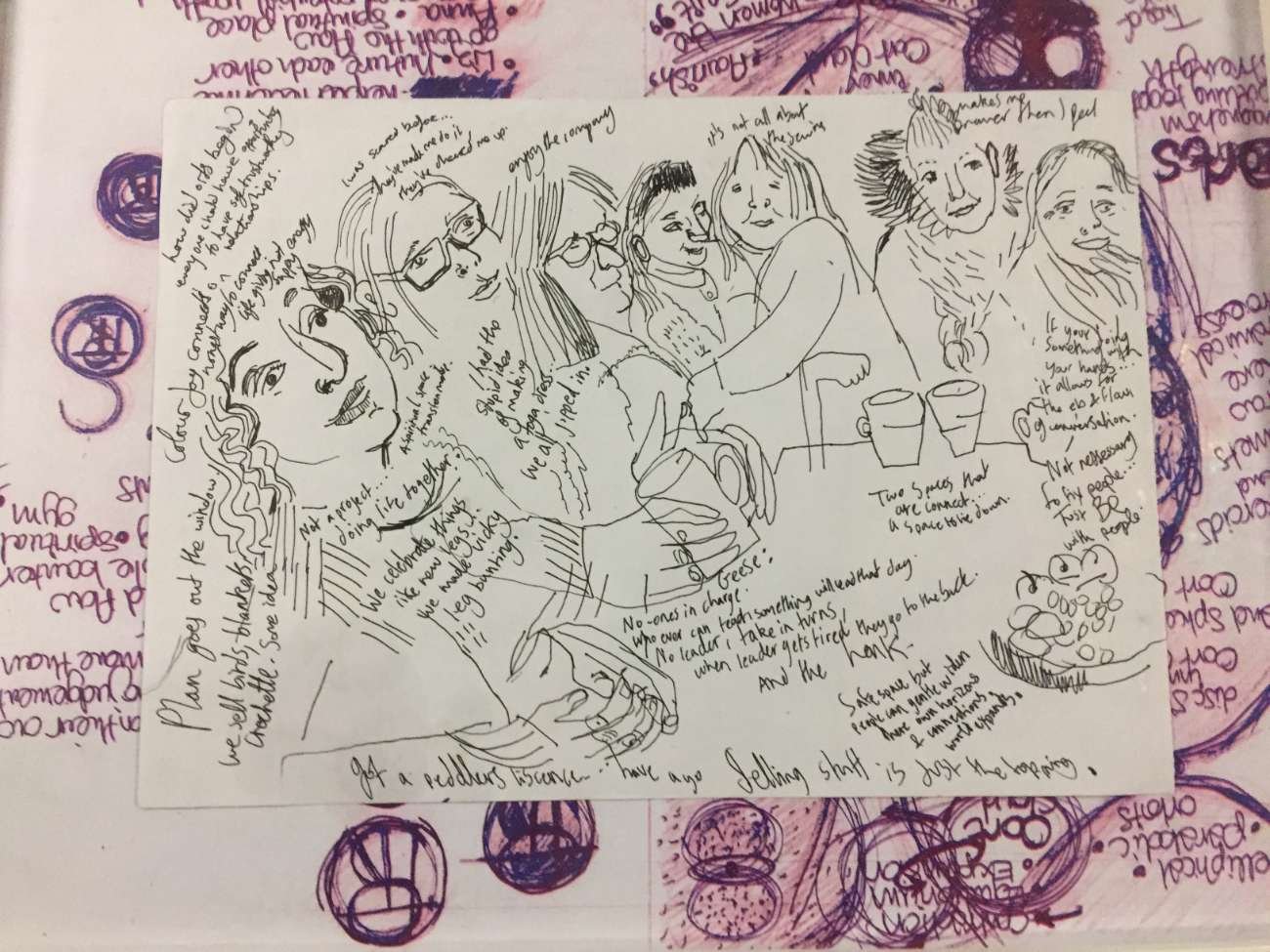

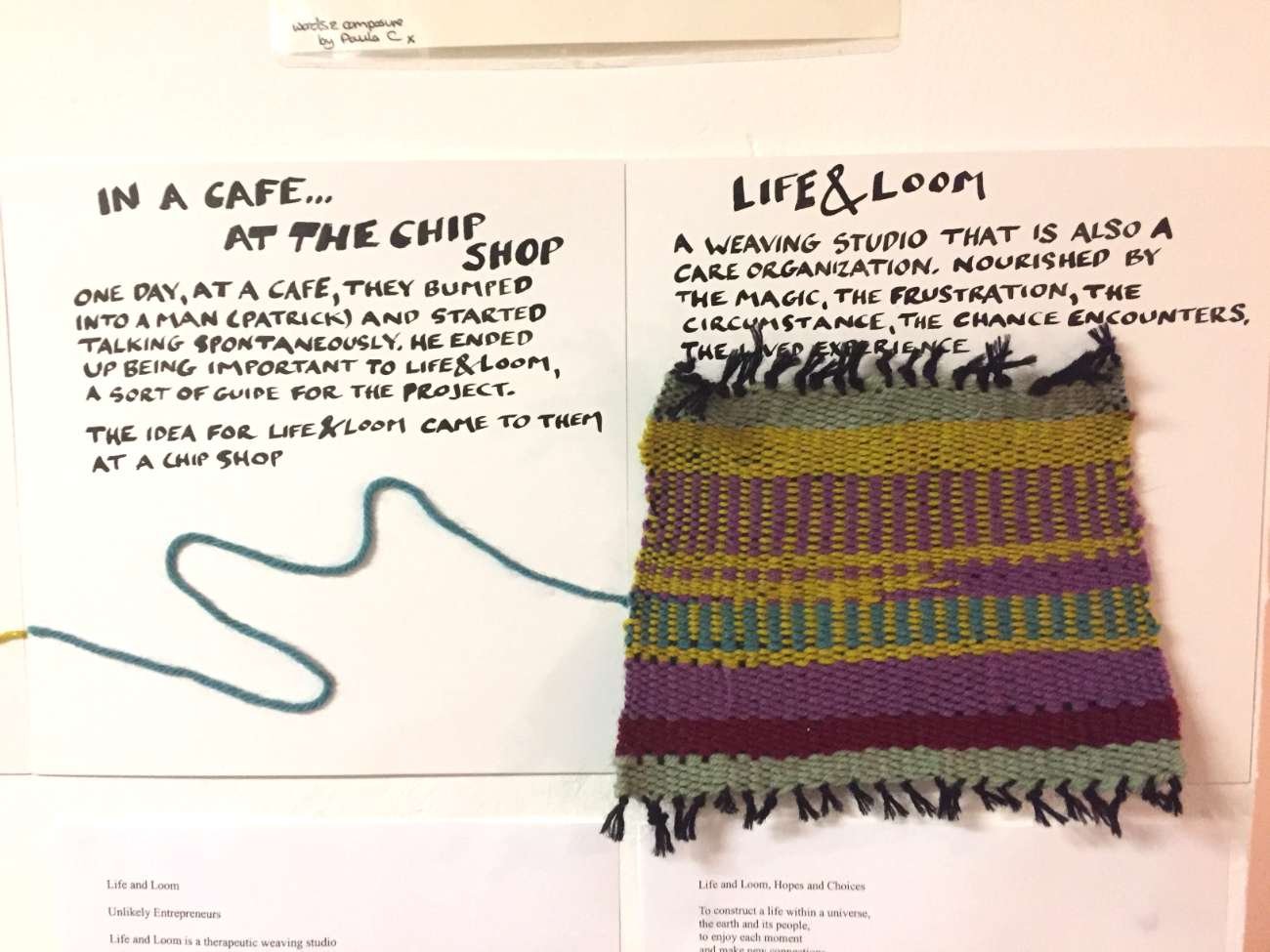
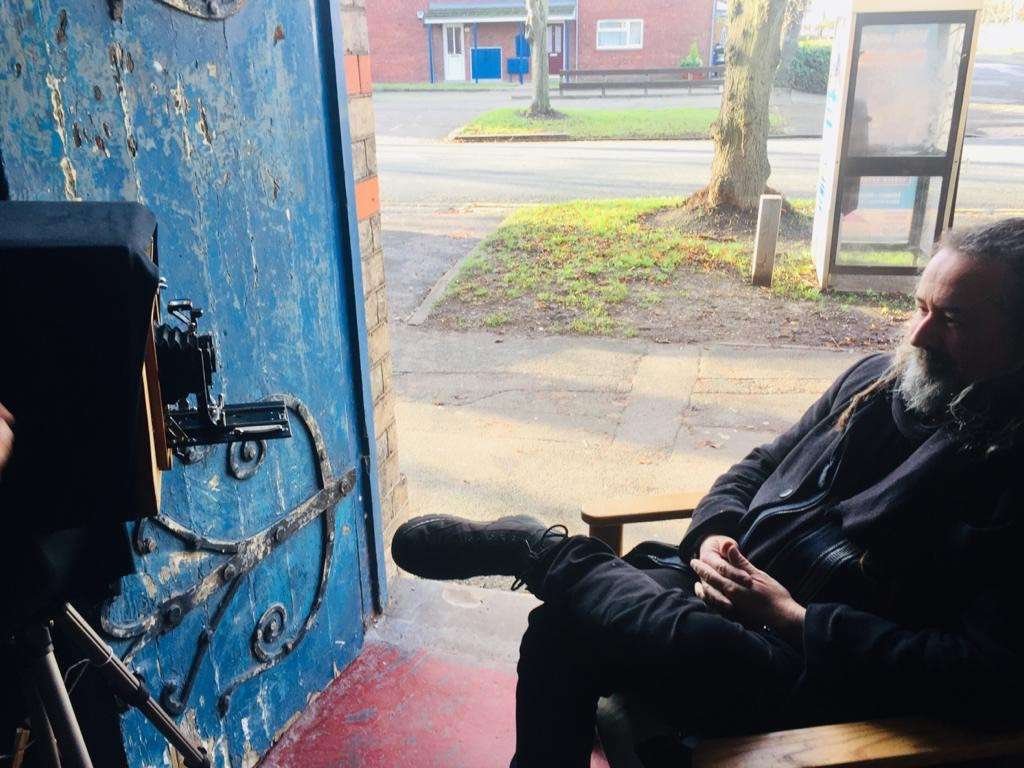
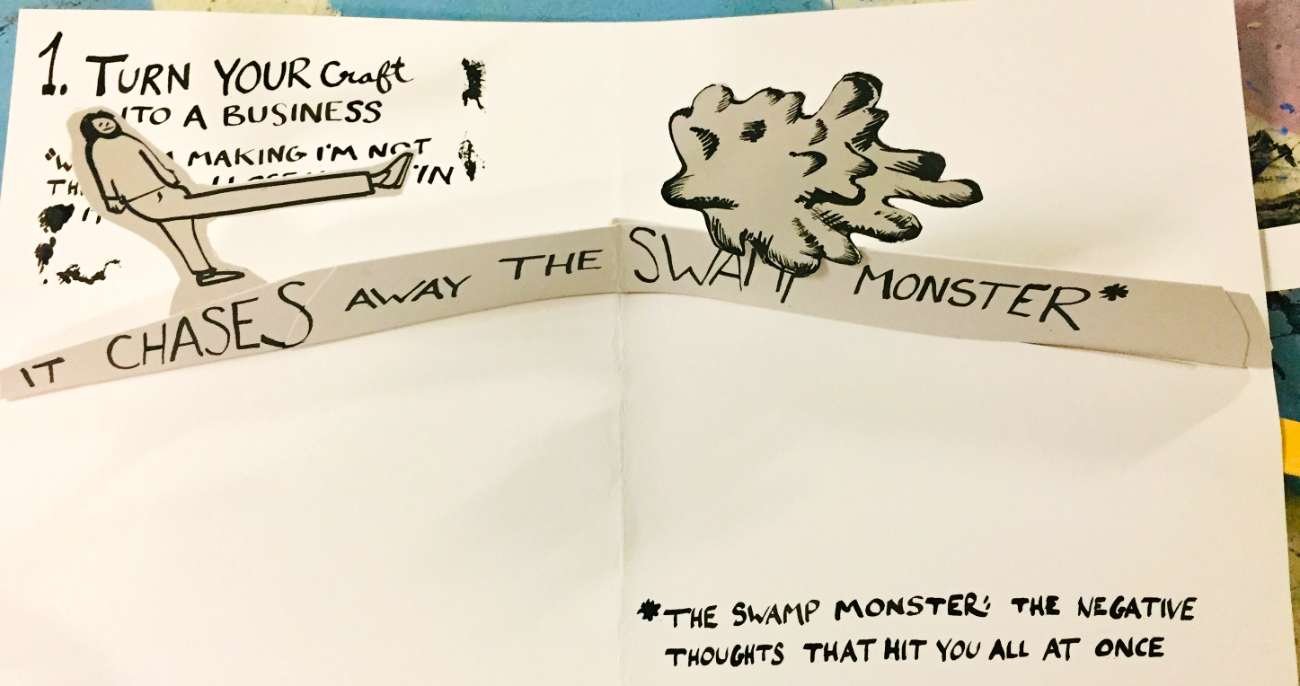
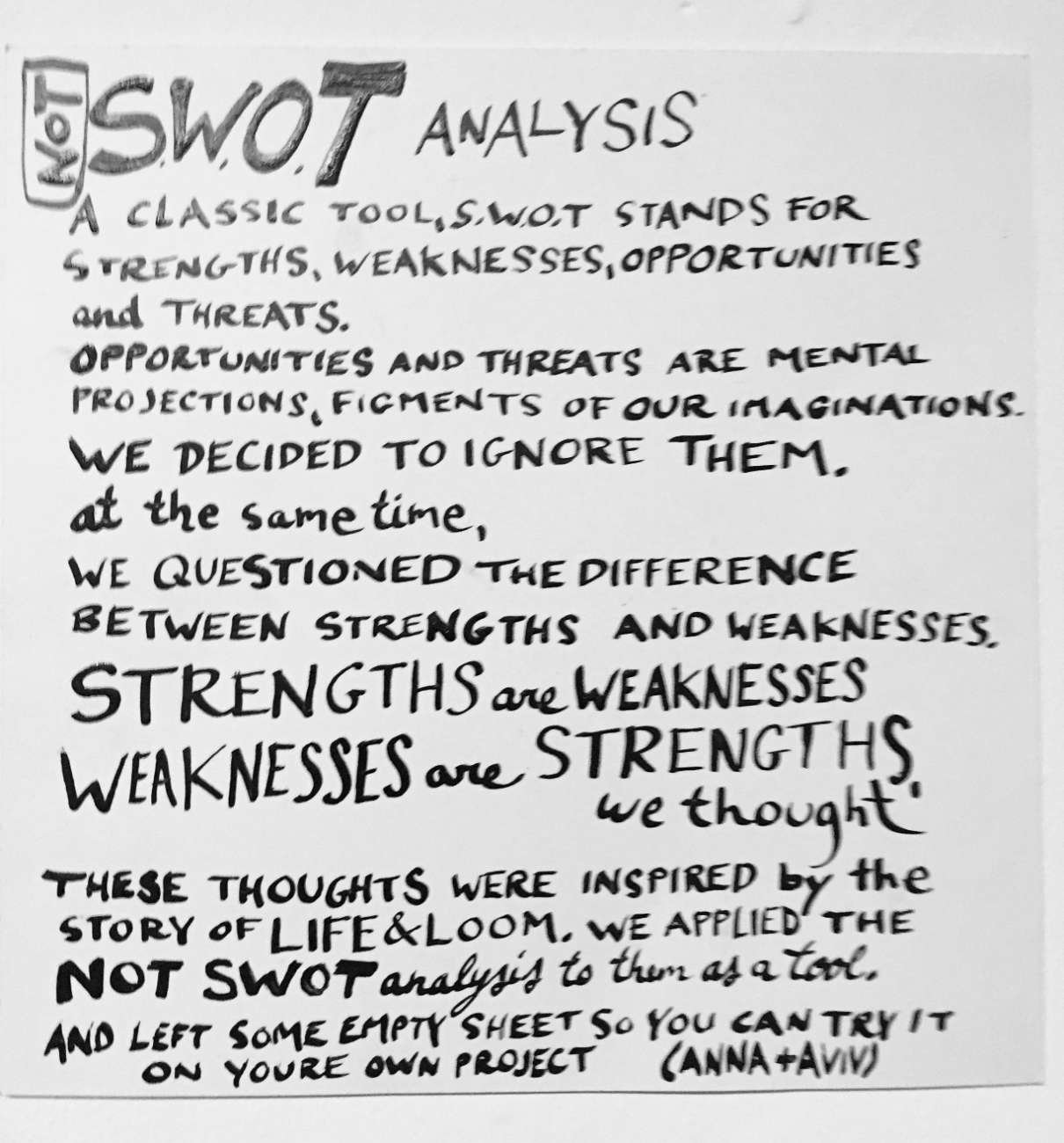
COMPOST
The idea for the project came as a response to our work on the market. We saw the vulnerability of small-scale initiatives. These are people’s ideas and dreams, connected to their livelihoods. We realized that the neighbourhood as a whole, seen as an ecology, would benefit from such projects becoming more resilient. This resilience is both individual for each project and interdependent with the other ones around it.
GERMINATE
Artists making economic portraits found themselves in a new situation: what would happen if economic processes were in the hands of artists? During the interviews, unlikely entrepreneurs shot ideas in different directions. The artists responded using the artistic languages they are accustomed to use, processing this new information. Thoughts, conversation and artistic techniques intertwined as the portraits took form. As a team we then de-codified pre-established ideas about sensing, understanding, articulating, designing what a business or an organization does. After several weeks this process sprouted through different artistic media: sculptures, puppets, performances, songs, drawings, pop-up books.
CARE
People’s economies can be seen as something intimate, private, replete with perceptions of value, values and self-worth. Treating them through a collective conversation requires a deep form of listening, non-invasive ways of communicating, an atmosphere of trust. We are not there to give advice, or chart out ‘best practice’. The languages of art have the openness and flexibility to confront sensitive and difficult issues. They have the possibility for generating cathartic transformative moments based on an encounter between the dreams and perceptions of the people we considered ‘unlikely entrepreneurs’ and those very visions communicated back to them through artistic media.





